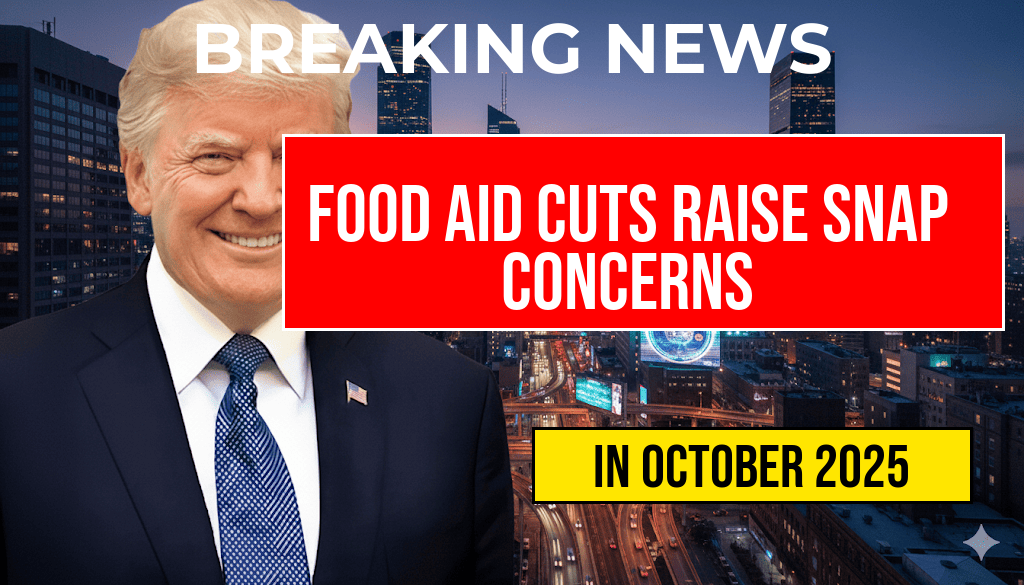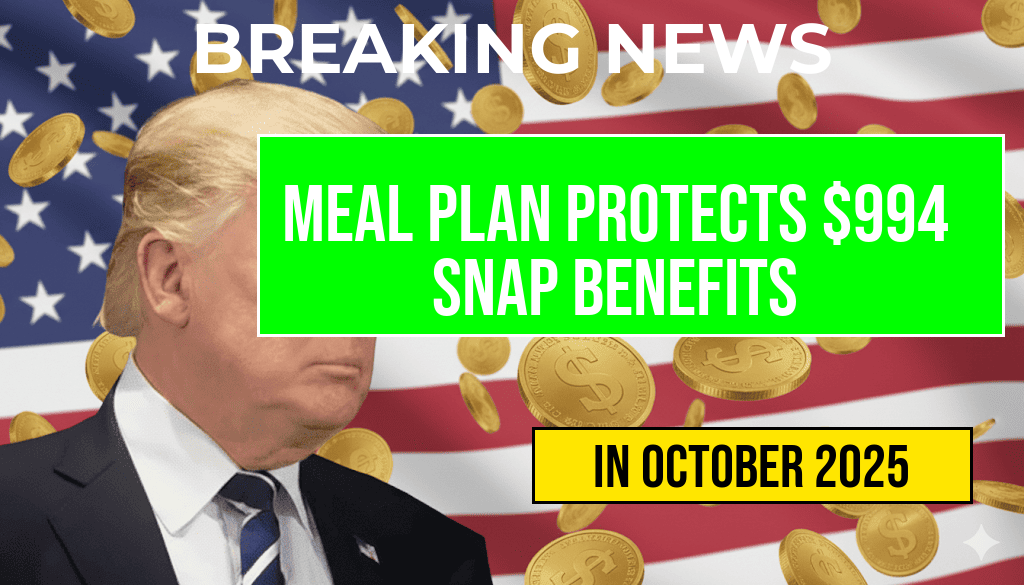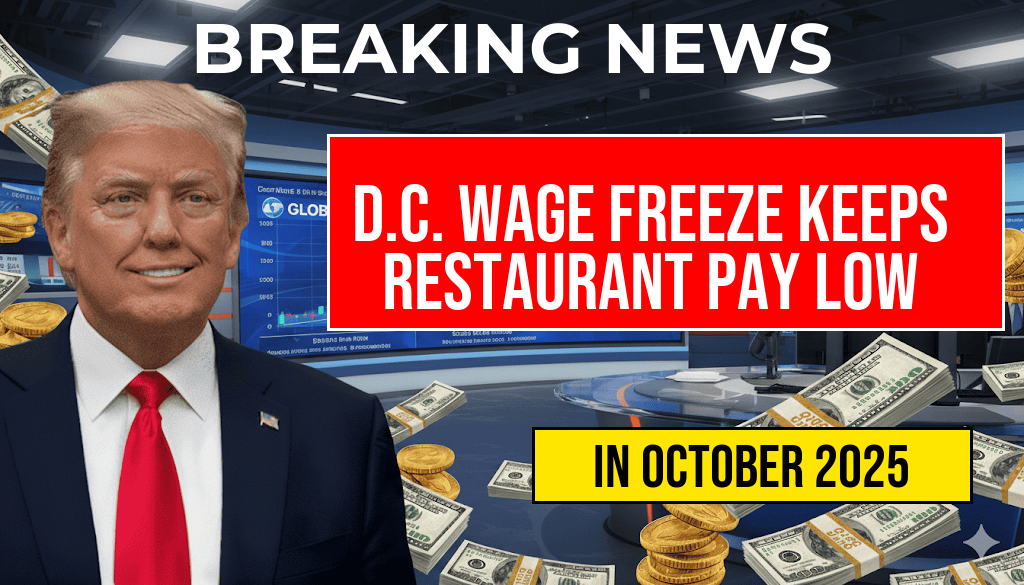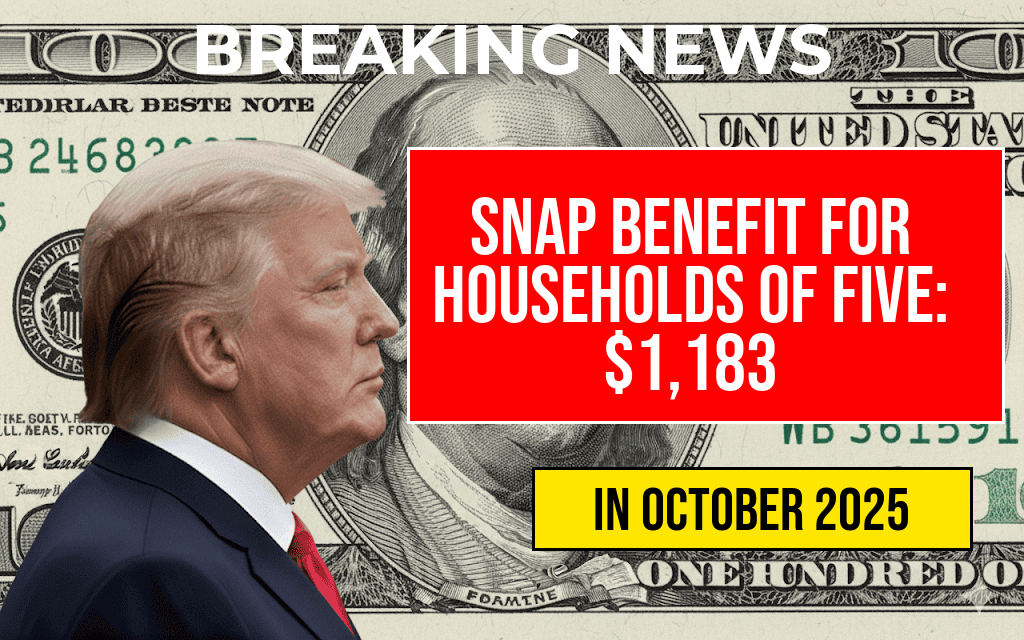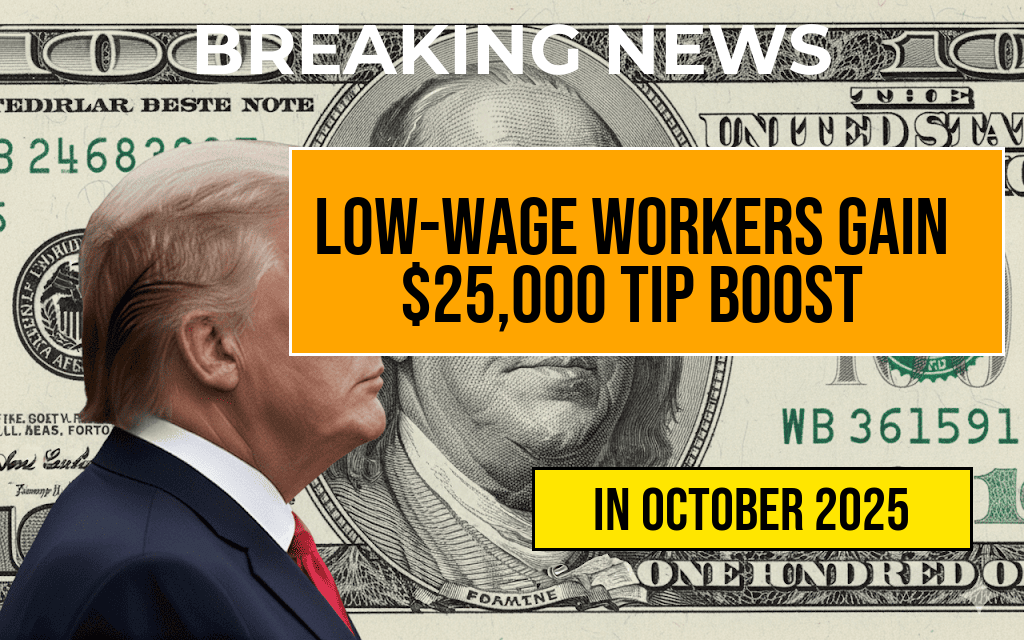In a shocking move, the U.S. government has announced a $185 billion reduction in food aid programs, igniting discussions about the future of essential support systems like the Supplemental Nutrition Assistance Program (SNAP). This cut, which represents a significant reallocation of funds, raises pressing questions about the sustainability of SNAP benefits, particularly for families relying on the average monthly benefit of $546 for two individuals. As the nation grapples with rising food prices and economic uncertainty, many are concerned about the implications of these cuts on food security across the country.
Understanding the Implications of the Food Aid Cuts
The recent announcement from the Biden administration has caught many off guard. The reduction in food aid funding is poised to affect millions of families who depend on these resources for basic sustenance. SNAP, the largest food assistance program in the United States, serves as a crucial lifeline for low-income households, providing benefits to help cover grocery expenses. As food prices continue to climb—up nearly 10% over the past year—this reduction in aid could severely impact families already struggling to make ends meet.
Who Will Be Affected?
- Low-Income Families: The cuts primarily target households with limited financial resources, where SNAP benefits are often the only source of reliable food funding.
- Children and Seniors: Vulnerable populations, including children and the elderly, are particularly at risk as they rely heavily on these benefits for their nutritional needs.
- Working Families: Many families who are employed yet still fall below the poverty line will feel the strain as their SNAP benefits dwindle.
The Consequences of Reduced Food Aid
Experts warn that the cuts could exacerbate food insecurity, leading to more families facing difficult choices between paying for food and other essential expenses like housing and healthcare. A recent report from the Feeding America network indicates that food insecurity affects 1 in 8 Americans, a statistic that could worsen under these new funding constraints.
Economic Impact and Food Prices
As inflation continues to influence the economy, the impending cuts to food aid may further inflate grocery prices as demand for affordable food options increases. This dynamic creates a troubling cycle where those needing assistance are left with less while overall costs rise. According to USDA data, food prices are projected to remain high, making it increasingly difficult for families to sustain healthy diets.
What Experts Are Saying
Food policy experts have expressed deep concern over the ramifications of such a substantial cut. “Reducing food assistance at a time when so many Americans are struggling could have dire consequences,” said Dr. Lisa Smith, a food security researcher at the University of California. “We need to be investing in our safety net, not cutting it.”
| Year | Estimated Households Affected | Projected Increase in Food Insecurity (%) |
|---|---|---|
| 2023 | 11 million | 12% |
| 2024 | 15 million | 20% |
| 2025 | 18 million | 25% |
Community Responses
Community organizations are gearing up to respond to the expected increase in food insecurity. Local food banks and pantries anticipate a surge in demand for food assistance as families adjust to the new reality of reduced benefits. “We are already seeing an uptick in requests for assistance, and we expect this to grow significantly,” said Mark Thompson, director of a local food bank in Chicago.
Looking Ahead
As discussions continue regarding the future of food aid, advocates are calling for a reevaluation of the proposed cuts. The potential for increased food insecurity presents a clear challenge that policymakers must address to protect the most vulnerable populations in society. With the safety net under threat, the focus must shift towards ensuring every American has access to nutritious food, especially in these uncertain times.
Frequently Asked Questions
What is the recent change to food aid funding?
The recent announcement of a $185 billion reduction in food aid funding has raised significant concerns among advocates and recipients regarding the impact on programs like SNAP.
How will the SNAP benefit for two be affected?
With the cuts, recipients may see a decrease in their $546 SNAP benefit for two, which could lead to increased food insecurity for families relying on this assistance.
Who is most impacted by the food aid cuts?
Low-income families, the elderly, and individuals with disabilities are among the most affected by the food aid cuts, as they often depend heavily on programs like SNAP for essential nutrition.
What can recipients do to address the reduction in benefits?
Recipients are encouraged to stay informed about changes, reach out to local food banks, and explore other assistance programs to help mitigate the effects of the reduction in benefits.
Are there any advocacy efforts in response to the cuts to food aid?
Yes, various organizations and advocacy groups are actively campaigning against the cuts to food aid and urging policymakers to reconsider these reductions to protect vulnerable populations.

